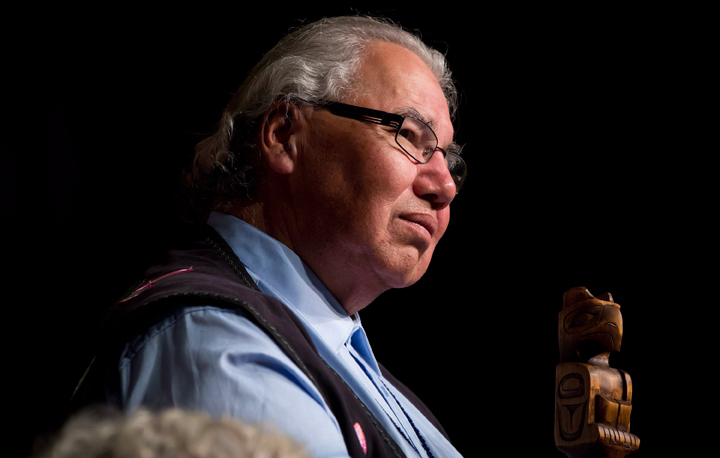OTTAWA – After nearly four years of public hearings and with the clock ticking on a final report into the legacy of physical and sexual abuse at Indian residential schools, the Truth and Reconciliation Commission is about to get a pile of new documents.

The development comes more than a year after an Ontario court ordered the federal government to hand over reams of material to the commission.
The inquiry was supposed to end in July, but its mandate has been has been extended by a year.
Even with the extra time, researchers are still under the gun to sort through the latest additions to the millions of documents the government has already provided. Early estimates have tens of thousands of boxes sitting in storage at four different Library and Archives Canada locations.
“Preliminary estimates identify up to 60,000 boxes of material … requiring review,” says a procurement notice.
“A significant portion of these documents are not available in a digitized and searchable format, which is a requirement for the disclosure of documents to the TRC.”
The contract to put the documents into such a format is expected to run until July 2015, when the commission comes to a close.
The chair of the commission, Justice Murray Sinclair, was not immediately available to comment.
But last year, before the one-year extension, he told Global News he worried the government would do a “document dump” as the commission’s mandate wound down.
Aboriginal Affairs Minister Bernard Valcourt’s office said an extra year is sufficient time for the commission to finish its work.
“Our government has provided the TRC with close to $1.8 million to conduct research at Library and Archives Canada,” Valcourt spokeswoman Erica Meekes wrote in an email.
“In addition, we will be providing a further $1.8 million in funding to the TRC to ensure the continued flow of documents until the third-party contract is in place.”
Under Sinclair, the Truth and Reconciliation Commission visited more than 300 communities after it began its work in Winnipeg in June 2010. It held its seventh and final formal public hearing at the end of March.
Over the years, the commission heard from thousands of survivors of the residential school system.
About 150,000 First Nations, Inuit and Metis children were taken from their families and forced to attend the church-run schools over much of the last century. The last school, outside Regina, closed in 1996.
The children, the commission heard, were sent hundreds or thousands of kilometres from home. Many were kept largely isolated from their families, sometimes for years.
Siblings were separated and punished for showing any affection to one another. Survivors talked of constant hunger, beatings and whippings and sexual abuse. Many died of disease or unexplained causes. Some killed themselves.
The damage done to those who did survive was often lasting.
In the 1990s, thousands of victims sued the churches that ran the schools and the federal government. The $1.9-billion settlement of that suit in 2007 prompted an apology from Prime Minister Stephen Harper and the creation of the commission.
But a dispute arose between Ottawa and the commission over millions of government documents the commission says it needs to fulfil its core mandate.
The government maintained it had no obligation to provide the records in Library and Archives Canada.
In January 2013, the Ontario Superior Court of Justice ordered the federal government to compile and organize all relevant documents for review by the commission.



Comments